Baseball Positions
A list of baseball positions on the field and in the dugout.
| Read: 9 min
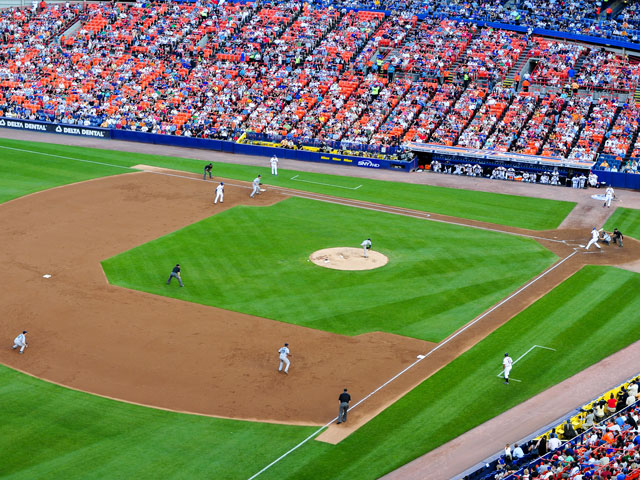
While we are basing our analysis of the individual positions of the game of baseball on Major League Baseball, most, if not all, get employed at other levels of play. For instance, most every position on the list can be found at the NCAA College level. Given that, you're probably unlikely to see an Assistant Hitting Coach at the High School level.
- 1. Pitcher
- 2. Catcher
- 3. First Base (1B)
- 4. Second Base (2B)
- 5. Third Base (3B)
- 6. Shortstop (SS)
- 7. Left Field (LF)
- 8. Centerfield (CF)
- 9. Right Field (RF)
- Starting Pitcher (SP)
- Relief Pitcher (RP)
- Closer (CL)
- Designated Hitter (DH)
- Pinch Hitter
- Pinch Runner
- Utility Player
- Manager/Coach
- Assistant Manager/Coach
- Bench Coach
- Pitching Coach
- Hitting Coach
- First & Third Base Coaches
- Strength & Conditioning Coach
- Trainer
Fielding Positions
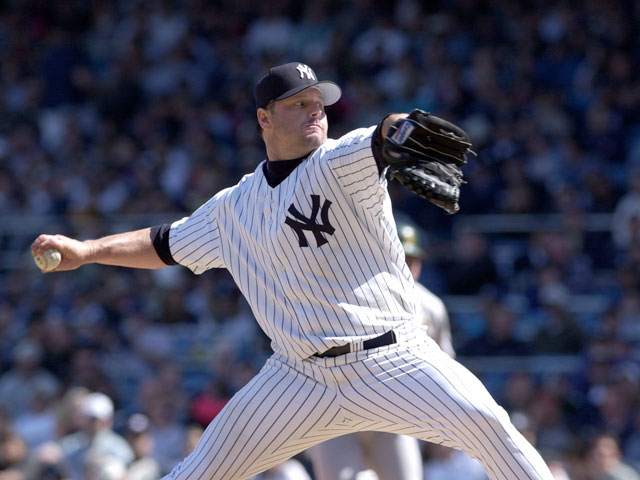
1. Pitcher
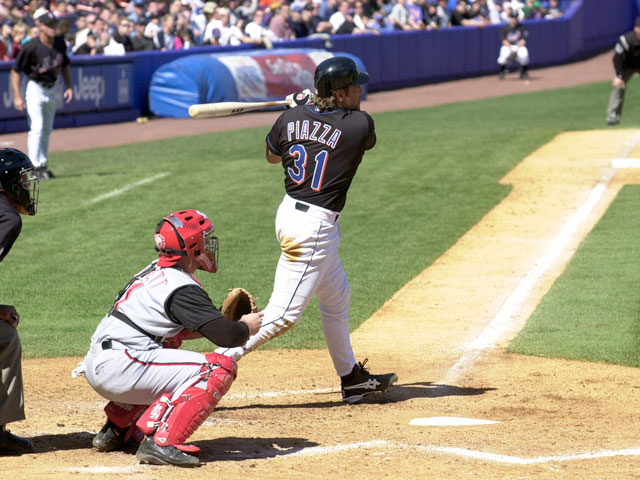
2. Catcher

3. First Base (1B)
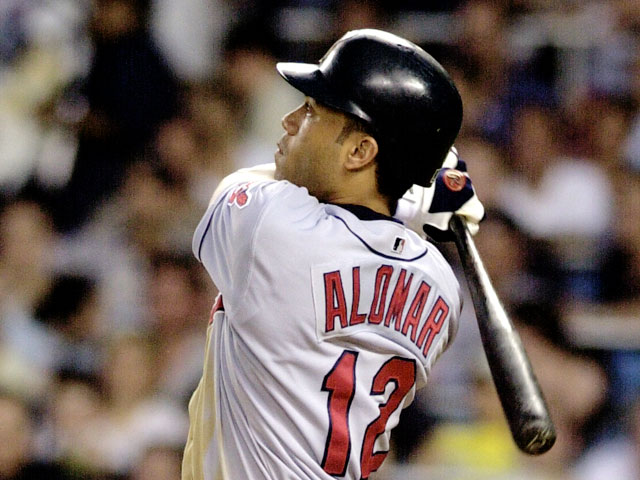
4. Second Base (2B)
On the hitting side of things, you will probably never see a Triple Crown winner at the two bag. That's just not the way that Second Baseman are built. In fact, with the exception of Catcher, which is all over the map, Second Baseman are the smallest players in the game. Pitchers are the tallest, in case you're wondering.
But don't be fooled in the slightest, Second Baseman are some of the best athletes on the field. Sure, some of them have been Punch and Judy Hitters like Jerry Remy of the Boston Red Sox. But for every Remy, there have been more and more players like Ian Kinsler and Jeff Kent in recent years.
And of course, Hall of Famer, Roberto Alomar.
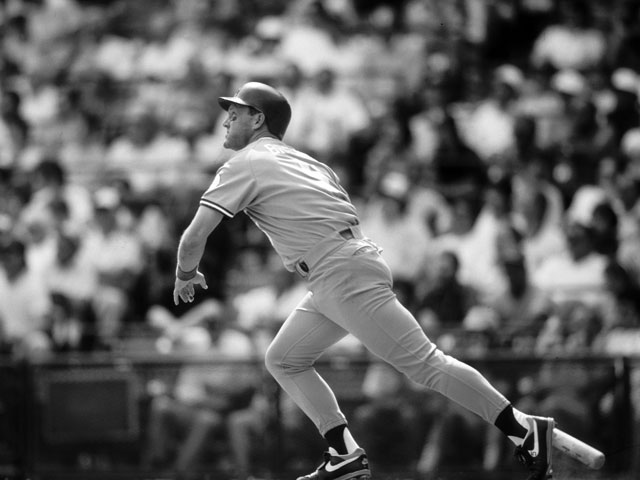
5. Third Base (3B)
Also referred to as the Hot Corner, Third Base is a position that requires fast glove work and a strong throwing arm. The reason it's called the Hot Corner is because the Third Baseman is the closest to the action (other than the pitcher). And when a right-handed batter pulls a line drive, it comes screaming at the 3B.
Heads and gloves up always while playing Third Base.
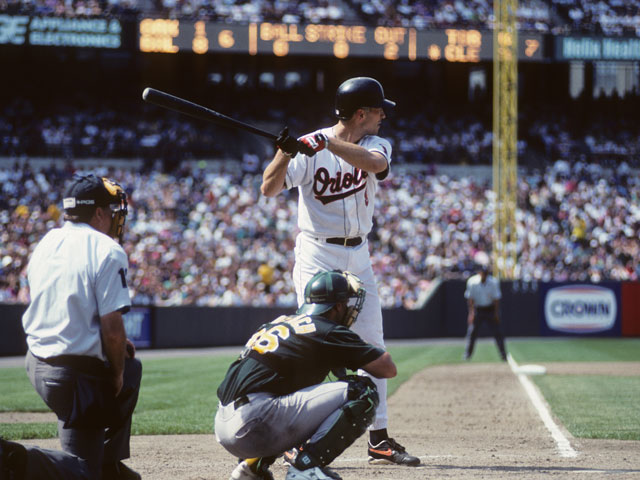
6. Shortstop (SS)

7. Left Field (LF)
Even if Barry Bonds is a hard act to follow, your Left Fielder better know how to hit. That's because he plays the least importance on the field defensively. Which means, that OPS (on-base plus slugging) better be good.
Left Field gets played to it's own Three True Outcomes. And those are:
- The ball fell in front of you.
- The ball is coming directly at you.
- The ball is over your head and probably a homerun.
By nature, a Left Fielder has the least amount of distance to throw on average. Far less than Center or Right if you know and understand the game. There is also less to back up, as plays aren't typically made at Third Base with an angle that results in overthrows ending up deep into the outfield.
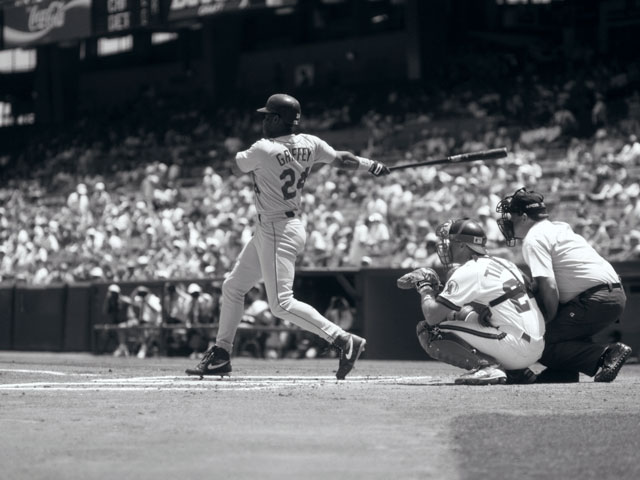
8. Centerfield (CF)
Centerfield is the "shortstop of the outfield". They need to cover the most ground and they have priority, meaning that they can call off the Left and Right fielders on fly balls and line drives. The best CFs in the game establish a rapport with the corner outfielders and communicate well.
Shown in the photo above, Ken Griffey Jr. of the Seattle Mariners was one of the best to ever do it.
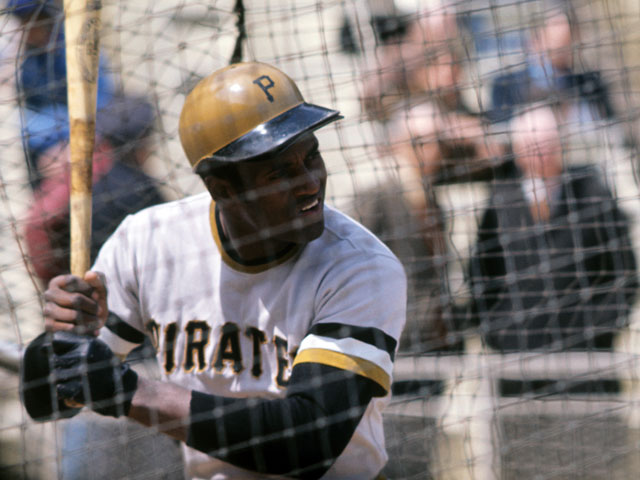
9. Right Field (RF)
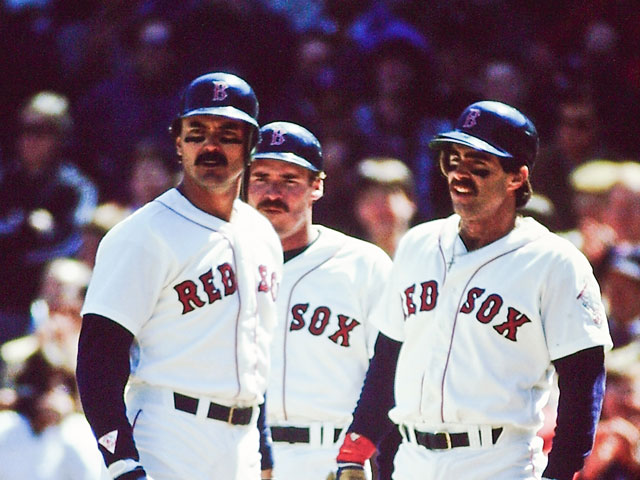
Baseball Positions/Roles on a Team
Beyond the nine positions on the field are the roles that players on a roster hold. Some roles are decided by the manager, such as Starting Pitcher and Relief Pitcher. Other roles are situational and come into play as dictated by the game. One example includes a manager calling for a pinch runner when a slower player has successfully reached base and the game is on the line in the later innings.
Starting Pitcher (SP)
Relief Pitcher (RP)
We love RPs because they always have one of two things: Wild Heat, or a filthy Uncle Charlie. Further, no one is really paying attention to their WHIP.
Closer (CL)
Designated Hitter (DH)
Pinch Hitter
Pinch Runner
Pinch Runners only ever enter the game for three reasons, either through strategy or circumstance. They include:
- A team is tied or losing late in the game and wants a faster runner on the field.
- A player who has reached base successfully has been injured somehow.
- A player who has reached base successfully has been ejected from the game by an umpire.
According to Sabr.org, "... the greatest pinch-runner in history, Matt Alexander pinch-ran 271 times, stealing 91 bases and scoring 89 runs, all records."
Alexander played for nine seasons. In his 374 games, he managed only 195 at-bats. Furthermore, in those 195 at-bats, he only managed 36 hits (6 for extra bases), 18 walks, and 1 hit-by-pitch.
So how did he rack up 103 steals and 111 runs scored? By pinch running. As a "leg guy", Alexander made a career out of being fast.
The hardest part of being a fast pinch runner is that everyone knows you're trying to steal. Perhaps the most famous instance of a, "of course he is stealing" pinch running situation came when Bill Mueller was batting in the bottom of the ninth of the 2004 ALCS and Dave Roberts entered the game as a pinch runner on first base.
If you need to know what comes next, watch the video below.
Utility Player
Craig Biggio is probably the BEST example of a utility player. A Hall of Fame utility player. The type of player you can just label as a baseball player.
Managerial Positions on a Team
Manager/Coach
Assistant Manager/Coach
Bench Coach
The Bench Coach is there to observe any and all things. Truly. A Bench Coach's job is to be an extra set of eyes and ears for the team's Manager.
They also exist to keep the Manager sane over a grueling 162 game (+ playoffs) schedule. Usually a Bench Coach is an old buddy or a former member of that organization who either wants to evolve their coaching career, or, had no intention of staying retired.
Pitching Coach
A pitching coach is really a doctor in a baseball uni. They need to adjust not only the physical well-being of their player, but also the emotional foundation that the player possesses. No position in baseball gets into their own head more than a pitcher.
Don't believe us?
- Got a hit against me last time? Ball one.
- Looked at me funny before the game. Ball two.
- I wonder if he drives a better car than I do? Ball three.
- I should have ordered the salmon and not the pork chop last night. Ball four, take your base.
Anyway, back to the pitching coach. A pitching coach works with all of the pitchers on the team to improve the quality of their performance and to establish both a team's situational pitching philosophy, as well as the individual's.
Pitching coaches are looking for good innings, they don't need a pitcher to throw an immaculate inning all of the time.

Bullpen Coach
The Bullpen Coach is the main pitching coach's assistant in many ways. If the Pitching Coach sets strategy, the Bullpen Coach is there to execute. As you might have guessed, a Bullpen Coach remains in the bullpen during games and preps the pitchers for their call into the game. A Bullpen Coach must also manage his backup/bullpen catchers to help get the relief staff ready.
Hitting Coach
If the Pitching Coach is a doctor, then the Hitting Coach must be a wizard. They need to know when to tinker with a swing, and equally as important, when not to tamper. They need to teach plate discipline, analyze body mechanics, and meticulously study opposing pitchers in the video room to give their hitter's the best chance for success in the upcoming games.
Because baseball is one of the hardest sports to play - and that's because of hitting - this coach has their work cut out for them. That's why some MLB teams employ an Assistant Hitting Coach.
And if there's anything a Hitting Coach knows, it's how to calculate batting average.
First & Third Base Coaches
Going to look real awkward when there is a single to Left Field and the runner takes off from second base to score, yet the ball has already gotten to the catcher by the time he rounds third. That's why you need base coaches in the game of baseball, to help baserunners understand what to do while on the basepaths.
The First & Third Base Coaches also communicate with players to signal plays that are being called, plays like a suicide squeeze, as well as letting the runner at first know when a pickoff play is being attempted by the Pitcher (or Catcher) and First Baseman.
Strength & Conditioning Coach
Not all teams employ a Strength & Conditioning Coach. For those that do, their job is to prep players for the rigor of every day play, both in terms of muscle growth and sustainment, as well as developing the flexibility to remain pliable.
As to the latter, how do you think the GOAT remains in the NFL at 45? Pliability.
Trainer
Should be self-explanatory what a team's trainer does, but we'll bite. In short, a MLB trainer exists to help players work through injury. They tend to work hand-in-hand with the Strength & Conditioning Coach for developing a plan for that player to return to action.
Preventing injury through proper training is of course part of the gig.
Baseball Position FAQs

What is the hardest position in baseball to play?
The hardest position in baseball to play is catcher. Don't let anyone fool you into thinking it's shortstop, pitcher or first base. Sure, they all have their claim to the title, but there's only one person looking out at the rest of the defense, and that's a team's backstop.
Bleacher Report says shortstop. BaseballBible.net says pitcher.
We wholeheartedly disagree. A catcher has more jobs than everyone else. A catcher calls plays, communicates with the home plate umpire, and has to emotionally nurture their pitcher, all while playing their position.
Here's what that includes. It includes having an array of 4-6 pitches with varying motions and speeds being hurled at you over 100-150 times per game. It involves trying to throw out baserunners from your knees. It incorporates an encyclopedic knowledge of the opposing lineup of hitters, embraces the notion of defending home plate with an offensive lineman's battle mentality, and, at the end of everything, a willingness to unstrap the gear and take a turn at the dish every 9th batter.
So get out of here with shortstop and pitcher being the hardest position to play in baseball. You're just wrong.
Which positions are most important in baseball?
In our opinion, the numbers that correspond to the position are inline with what the most important positions are, with #1 belonging to the pitcher and #9 belonging to right field. The game is built around right-handedness, so naturally the opposite field (for a righty) would be the least important.
The reason the infield is goes in the reverse order is because the base with the most importance is first, and for good reason. First base is where the majority of a game's action occurs. Other than a batter striking out, every runner must advance, or attempt to advance, to first base.
If you're wondering why First Base isn't #1, it's because there simply is no game without the pitcher (1) and the catcher (2). If a pitcher doesn't put the ball in play by pitching it, the action does not progress. Subsequently, if no one is there to catch it, then you're going to lose every single game as runners advance wildly around the base path.
Moving forward, the entire point of defensive position players is to stop the advance of runners. That's why the second baseman is #4. Same goes for the third baseman (#5). And so on.
Outfielders have always been important. But in the early days, Baseball was more of a contact hitter's game. So contact frequency, a lack of power, and the need to prevent a runner's advance is why infielders are more important than outfielders.
Now if only MLB could remove the fences, we could change up how we rank defensive importance ...
Which position player should have the strongest arm?
The position players that should have the strongest arm go in this order: Pitcher, Catcher, Third Base, Right Field, Center Field, Shortstop, Left Field, Second Base, and First Base.
While some first baseman have a strong arm, it's entirely not necessary to succeed in the role.
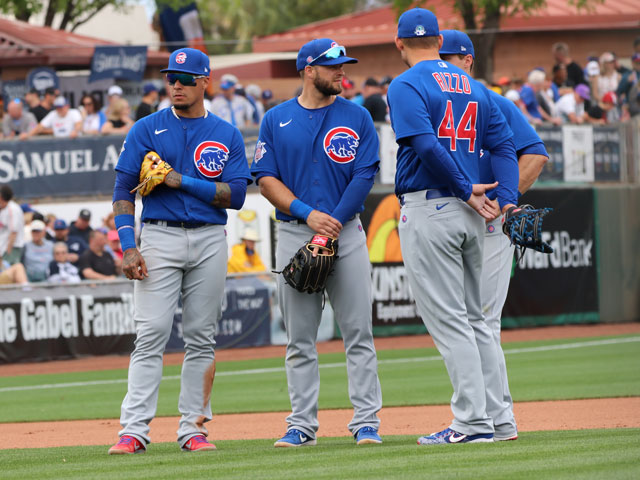
Which position player should be the fastest?
The position players that should be able to run the fastest go in this order: Center Field, Right Field, Left Field, Shortstop, Second Base, Third Base, First Base, Pitcher, and Catcher.
Catchers who can steal bases, such as former Pittsburgh Pirate, Jason Kendall, are the exception, not the rule when it comes to speed. To note, Kendall has 189 career stolen bases, a number practically unheard of for backstops.
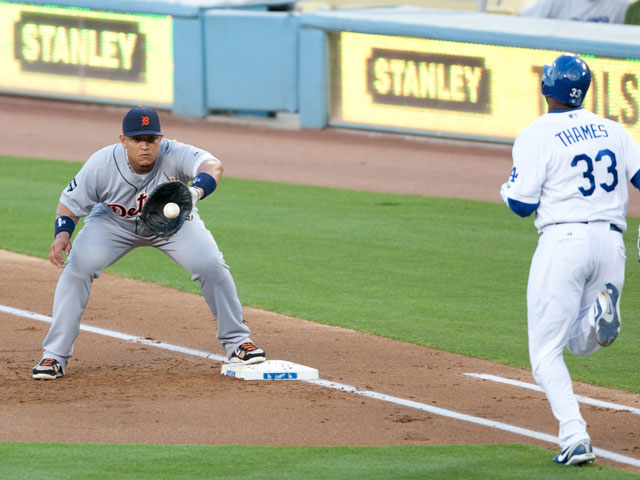
How do position numbers work with the box score?
Position numbers are used to score defensive plays. A common defensive code is the 6-4-3 double play. You can almost hear a baseball announcer saying that a 6-4-3 double play closes out the side if you speak the words aloud.
You might also hear, "Fielder's Choice, 4-3 for the put out." when listening to games. That's a moment where a runner (or runners) were on base and the second basemen decided to try and successfully get the hitter out at first.
Every defensive play will include position numbers. Hits do not include them. You would just mark a single for a batter who hit a single.
A runner getting into a pickle creates a lot of work for the official scorer of the game. That said, pickles are fun to watch.
References & Sources
- https://www.mlb.com/news/stolen-base-leaders-at-each-position
- https://www.baseballbible.net/hardest-position-in-baseball/
- https://bleacherreport.com/articles/86677-whats-the-hardest-defensive-position-in-baseball-hint-its-shortstop
- https://sabr.org/journal/article/leg-men-career-pinch-runners-in-major-league-baseball/